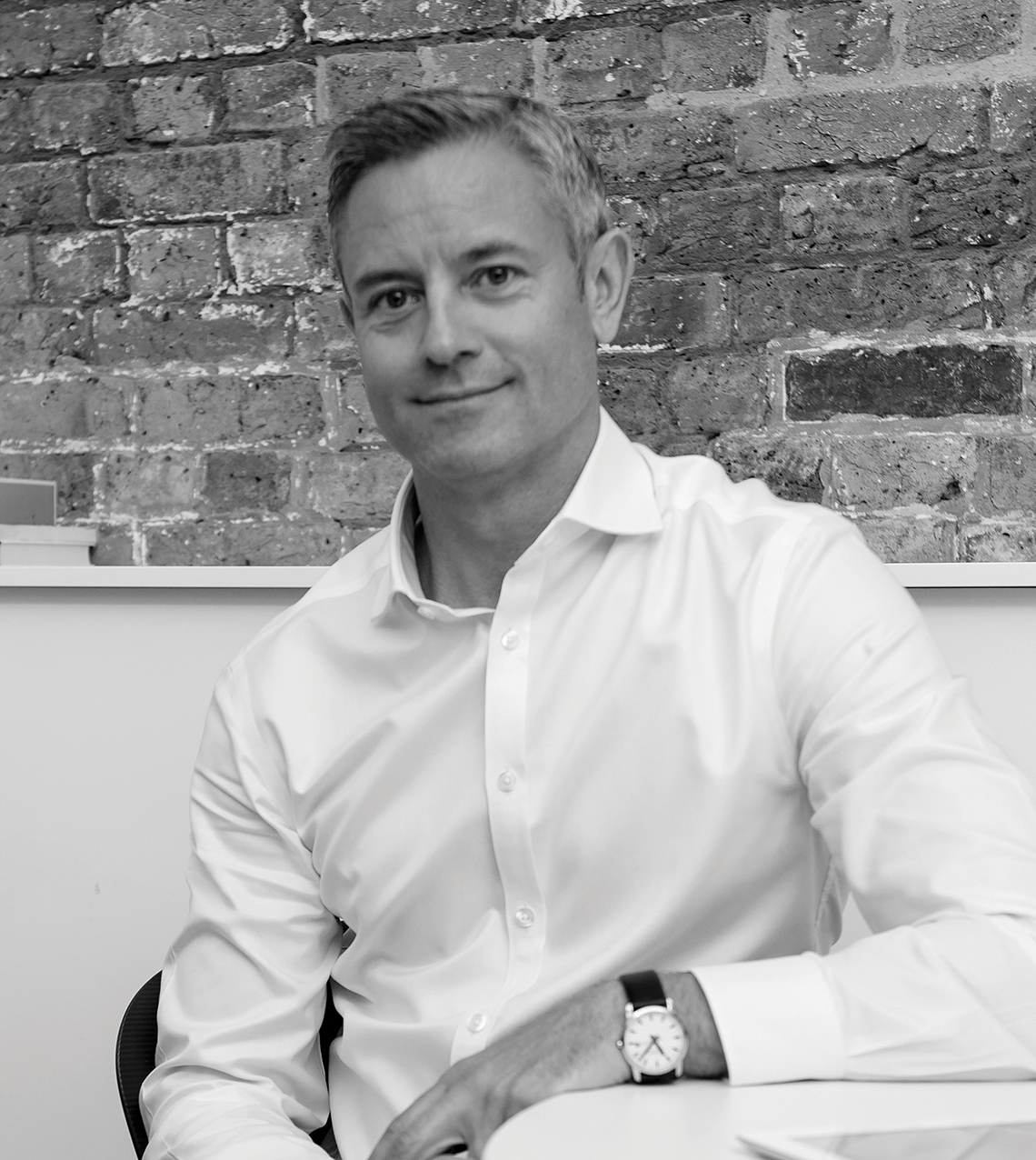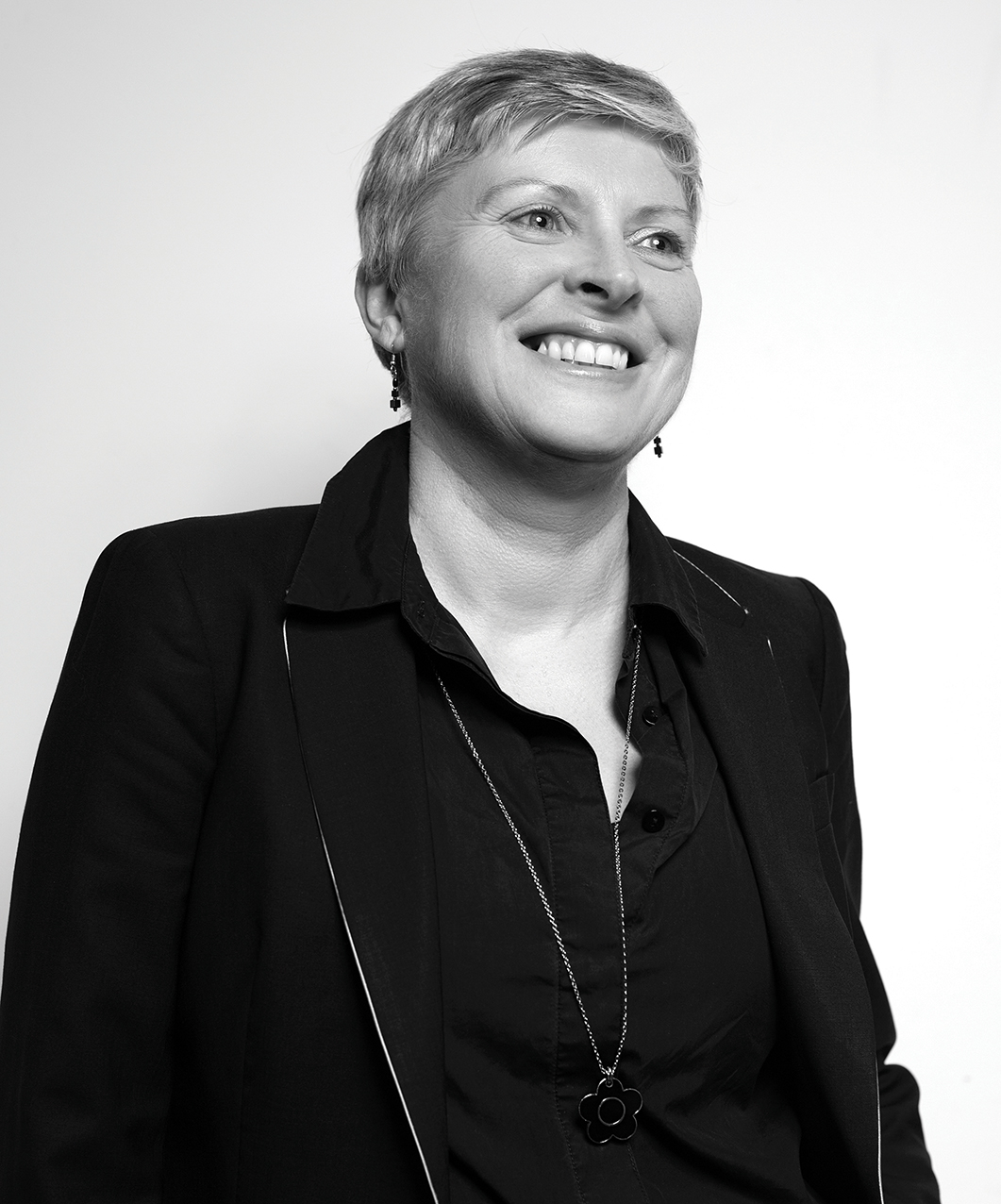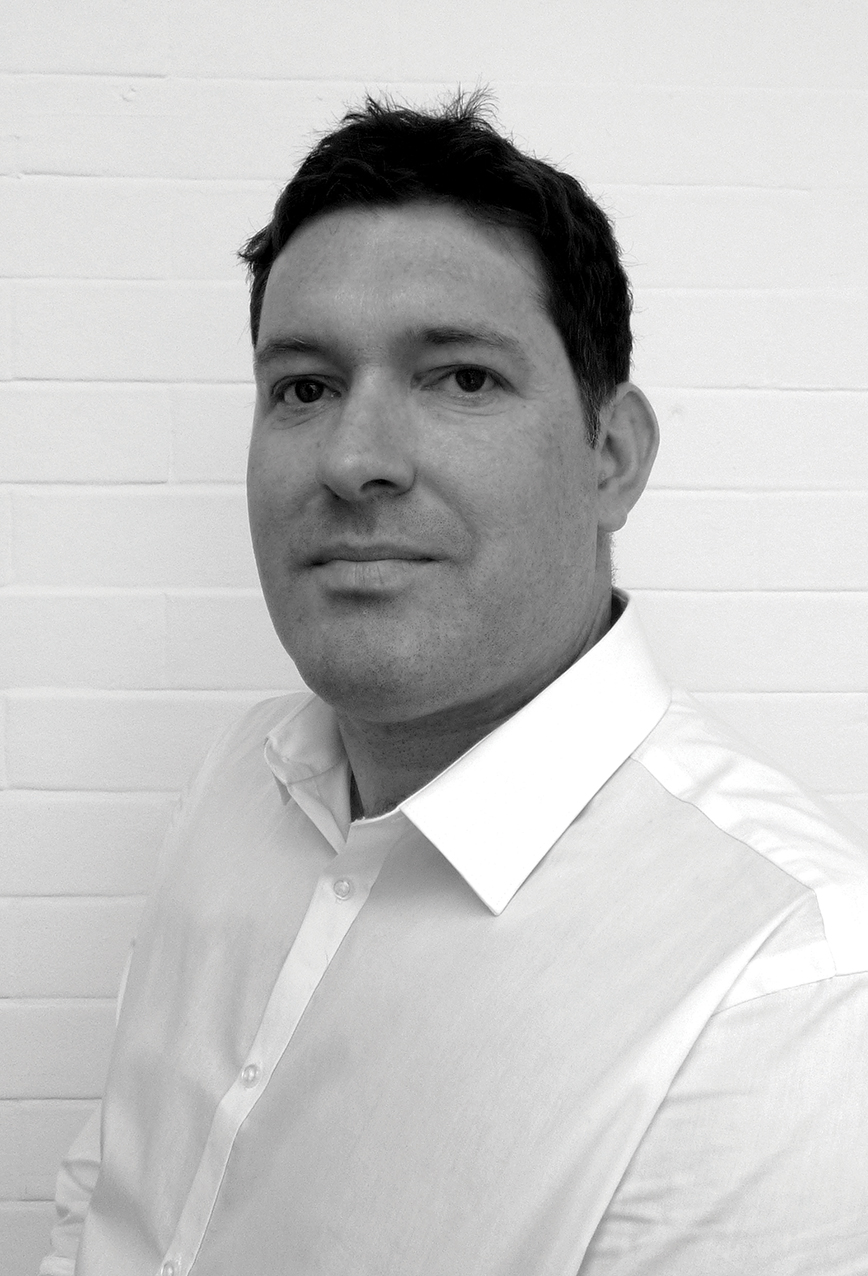
Credit: iStock
More than 80 organisations have become signatories of the Building Services Engineers Climate and Biodiversity Declaration since it was established in 2019. This is an independent initiative for engineering consultants, specialists and academics to declare their intentions to do something about the climate and biodiversity emergency.
There are 11 principles, including raising awareness of the climate and biodiversity emergency, sharing knowledge, collaborating to improve resource efficiency, and accelerating the shift towards low-energy design.
Below, seven signatories explain why building services engineers need to take a lead in the movement, and describe what they are doing to tackle the climate crisis.
A steering group has been established for the Building Services Engineers Declaration, to advance the principles, share ideas and explore best practice. Organisations can sign up here
Similar principles are contained in: Architects Declare, Structural Engineers Declare and UK Contractors Declare.
Ashley Bateson FCIBSE
Building Services Engineers Declare steering group chair and partner at Hoare Lea

Tackling climate change and protecting biodiversity are among the greatest challenges of our time. As population growth and industrialisation continue to depend on the combustion of fossil fuels and deforestation, we see the impacts on both a regional and global scale.
Climate change is leading to rising temperatures in the atmosphere and oceans, and increased frequency of flooding and heatwaves. Loss of green space, woods and forests is damaging biodiversity and accelerating species extinction.
Reduction in green infrastructure further exacerbates global warming by eliminating the capacity of vegetation to absorb carbon dioxide, the predominant greenhouse gas. The construction sector has a significant role to play in mitigating these environmental changes, and architects, engineers and other construction professionals are becoming more outspoken about the need to act collectively to tackle these challenges.
Andrew Leiper MCIBSE
Principal engineer and net-zero carbon lead at Max Fordham

At 38, I like to think I’m still quite young; however, to the children ‘school striking for the climate’, I’m sure my generation looks firmly part of the climate problem. The generation before me was talking about climate change; my generation has been talking about climate change; and, having young children myself, I know now is the time to act to end greenhouse gas emissions.
At Max Fordham, our partners and employees recognise that we are in the midst of a climate and biodiversity emergency. We signed the declaration as a public demonstration of our commitment to be part of the solution.
We believe we can help start the transition to net zero carbon today by shifting a design team’s focus beyond minimising regulated energy consumption and towards minimising actual energy consumption in use, and by always investigating the feasibility of non-combustion-based heat sources, such as heat pumps.
Even if you’re not sure your organisation or client is taking active steps to lower their buildings’ carbon emissions, start the conversation about the climate and biodiversity emergency, net-zero carbon, and the future. These discussions can spark ideas and inspiration in design teams, and help spread interest and understanding throughout industry and the wider public.
David Buick
Regional director, building engineering, at Aecom

My early career was strongly influenced by CIBSE past-president Terry Wyatt and his determination to help the planet by delivering low-energy buildings. In the early 2000s, I was asking clients to target Energy Performance Certificates of A and, latterly, I have worked on school projects with some of the lowest Display Energy Certificates in Wales, as well as low-energy acute hospitals.
I am a member of Aecom’s UK and Ireland Zero Carbon Taskforce, leading our KPI group to support our zero-carbon commitment. Using the WWF carbon footprint calculator, I have reduced my personal carbon footprint by 60% in a year; there is more to do.
The principles of low-energy and carbon design have always been in the building services engineers’ armoury. The ‘be lean, be clean, be green’ – and now ‘be seen’ – principles are still the same. A passive design approach is key, and this can only be achieved through close collaboration with all building partners, including clients and the end users of buildings.
Also key is to set and agree operational energy/carbon (kWh and kg/CO2/m2) and embodied carbon (kg/CO2/m2) targets that are challenging but deliverable. We know we can already deliver very low operational energy buildings, but it would be great to go back to a time when engineers fully inspect, witness and monitor building performance at post-occupancy stage to ensure design performance.
Our newest and most pressing challenge is to deliver zero embodied carbon buildings with building partners. One way to achieve this is by encompassing digital transformation to deliver the offsite and modern methods of construction. This approach will drive industry towards a time we probably all spent as kids making infinite ‘lego’ buildings that meet the ‘holy grail’ of a circular economy for reusable buildings that will minimise carbon footprints for future generations.
Marian Ferguson
Founding director of Energylab Consulting

As building services engineers, we have a huge impact on the environment around us. Yet our profession does not get the airtime that others do. We need to ensure we make our voices heard. No-one will do it for us – we need to action from within. That’s what I hope this declaration will do, and why Energylab signed up.
As building services engineers, we can do a lot. We have input during every step of the process, from inception, through design, procurement, construction, handover and beyond. The decisions we make in the early stages of a building’s development will be far reaching during its entire lifespan.
We have the ability to exert influence in the decision-making process; we must use this influence wisely and make our intentions known. By signing up to the declaration, we can harness the power of the collective voice.
Engineers can do so much to transform our approach to designing low carbon buildings. However, I feel strongly about reuse, refurbish, repurpose. Sustainable design is much more than renewable energy and zero carbon buildings. It’s about the circular economy and looking at what resources we already have. Together with other industry professionals, we should look much more at this as a viable alternative to demolition and new build.
Natasha Fox
Partner at Method Consulting

We have always had a focus on sustainability but, even so, we found the declaration a helpful way to pause and think about where we were currently. Before signing, we carefully considered each point and identified where we could improve and push things further. We then used this to create an action plan, which is something I recommend for anyone thinking of signing, so you understand your strengths and weaknesses.
The visibility of the declaration renewed our focus of championing zero carbon with our clients and industry colleagues; it is encouraging to see other building services engineers doing the same.
The time for just talking about this has long passed, and initiatives such as the climate declaration movement can help to bring engineers together, as well as push zero carbon and the climate emergency further up the agenda. If we are to meet our climate goals, we need to be designing zero carbon buildings now.
Jonathan McMillan
Associate at Hulley & Kirkwood

The declaration is important because it raises awareness and, in time, will provide access to a community of designers with the experience and expertise to deliver designs in line with the declaration’s ethos. We want to see the underlying principles become standard practice rather than best practice. As the network grows, we hope it will provide the perspective, direction and support to drive change in the industry.
Energy and sustainability tend to be seen as bolt-on services that aren’t part of the core building services offering. As a result, knowledge has become concentrated with specialists, who often come into a project after concepts have been developed.
If practices are serious about addressing climate change, there needs to be a focus on making specialist knowledge more mainstream. Ultimately, we need to be bolder in our approach and improve how we promote the value of climate-focused design to clients early in the design stage.
To be successful, climate-focused design needs cross-discipline collaboration early in the design stage. We must move beyond the ‘compliance culture’ that seems prevalent in the industry. The UK regional energy and carbon-focused building regulations revolutionised how we approached building design in 2006, but the pace has slowed to a standstill in recent years. As a result, there is little incentive to go much beyond a ‘business as usual’ approach.
Lee Hargreaves MCIBSE
Associate director at Buro Happold

The industry needs to do much more than meet minimum standards and targets. Climate and biodiversity breakdown is under way. This is, now, significantly more than a discussion on reducing energy and carbon. As engineers, we have a duty to act in accordance with the principles of sustainability and come up with innovative solutions that prevent avoidable adverse impact on the environment and society.
Those who sign up to the declaration will collectively generate a shared vision that can be communicated to clients to inform them of the true consequences of inaction – not just on their projects, but on the wider environment from a national and international perspective.
The good news is that our sector is very well placed. We have appropriate knowledge, skills and capability; with professional responsible judgement and leadership, building services engineers can be at the forefront of solving this challenge. We can no longer waste time, the clock is ticking.
- For more details also visit www.constructiondeclares.com
